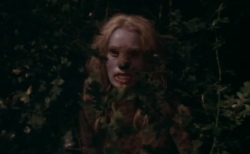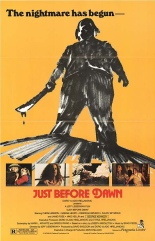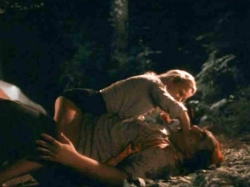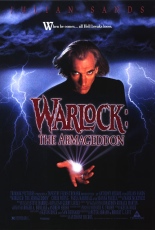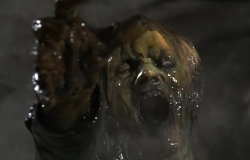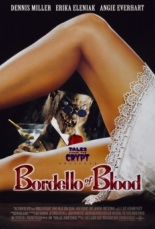 1. Tales from the Crypt Presents: Bordello of Blood — Exhibit #32 in “Reasons Why I Had No Friends When I Was 21”: “Hey, Dennis Miller is starring in a movie! I totally got to see that!”
1. Tales from the Crypt Presents: Bordello of Blood — Exhibit #32 in “Reasons Why I Had No Friends When I Was 21”: “Hey, Dennis Miller is starring in a movie! I totally got to see that!”
2. 2 Days in the Valley — For some strange reason, I only remember this featuring an attractive blond newcomer named Charlize Theron, who looked very fetching without her clothes on. It’s weird what your mind clings to, isn’t it?
3. Larger Than Life — I recall that in this Bill Murray vehicle about an elephant, Linda Fiorentino played a sadistic animal trainer with the demeanor of a dominatrix, which aroused me in such a way that I worried about it for a week afterward.
4. A Very Brady Sequel — I’m pretty sure I enjoyed this at the time, but now I can’t get past the fact that I once spent 90 minutes sitting in a theater watching a fucking sequel to a fucking movie based on The fucking Brady Bunch. —Allan Mott

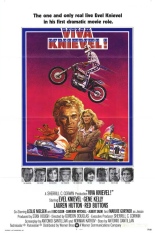
 At the beginning of
At the beginning of 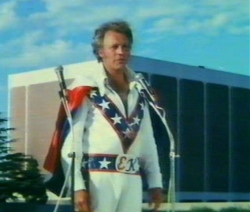
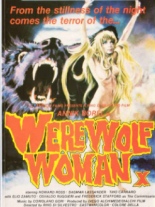
 Throughout most of its 99 minutes, the Italian-made
Throughout most of its 99 minutes, the Italian-made 